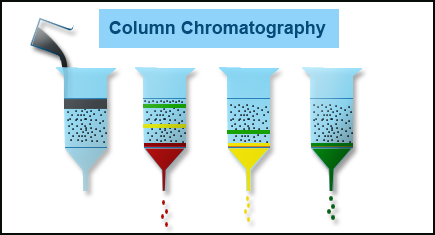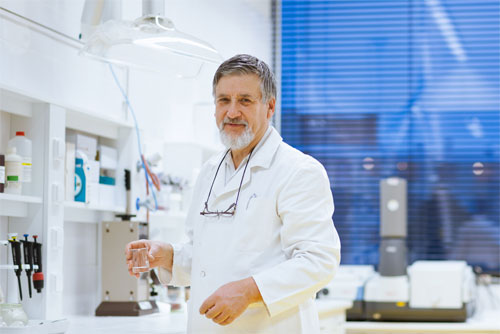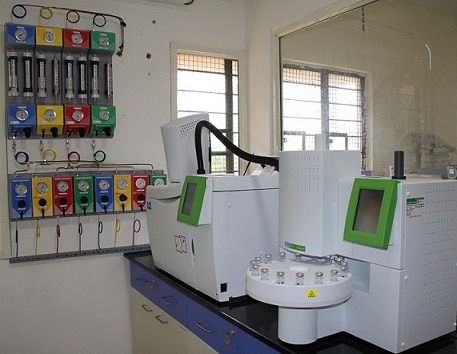Chromatographic Techniques for Analysis of Flavours in Foods


Flavours and Fragrances make ideal candidates for analysis based on Gas Chromatographic techniques
What are flavours ?
Flavours are compounds, natural or synthetic, which contribute to the pleasing smell of foods. Flavours contribute to both the taste and smell and make foods more appetizing whereas fragrances contribute only to the smell. Such molecules have high volatilities and low molecular weights (< 300). Flavours are typically classified on the basis of functional groups present in the molecules such as
- Esters
- Alcohols
- Aldehydes
- Aromatics
- Terpenes
- Amines
Why flavours are added to foods?
Natural foods often have intrinsic flavours which provide such products their characteristic pleasant odours. However, processed foods often lose their natural flavouring due to chemical processes involved. Artificial flavours are added to help retain the original flavours or introduce desirable smells that appeal to the consumer. It is commonly believed that natural flavours are harmless and artificial flavours are bad for your health. This concept is not true as both types of flavours are chemical compounds and it is only that excessive amounts above permissible limits become harmful. It therefore becomes necessary to analyse flavours to establish that the levels are below the specified limits
Chromatographic Analysis of Flavours
Gas chromatography alone or in combination with headspace analysis or mass selective detection has found widespread application and analysis of flavours in foods and beverages.
GC – HS
GC – HS eliminates need for time-consuming extraction from the unwanted non – volatile matrix materials. Volatile components are directly sampled from the headspace above the sample inside the thermostatted sample vial.
GC – MS
GC – MS is an effective combination for enhancing resolving power of GC. The GC is combined with the highly sensitive mass selective detector. The separated components in the GC are led to the ionisation chamber and the ionized molecules are separately resolved on the basis of individual mass to charge ratios by the quadrupole mass separating arrangement. Detection is made possible when the separated irons strike the sensitive mass selective detector
GC – O
GC-O is an innovative Gas chromatographic technique. This makes possible GC detection directly in relation to the discreet flavour response of the human nose. The GC is modified for sniffing of the affluent to appraise the odour of flavours in foods. The GC system is equipped with a TCD detector and is additionally provided with the sniffing port called the olfactometer port thereby permitting flavour experience to the evaluator against the chromatographic peak response.





Responses